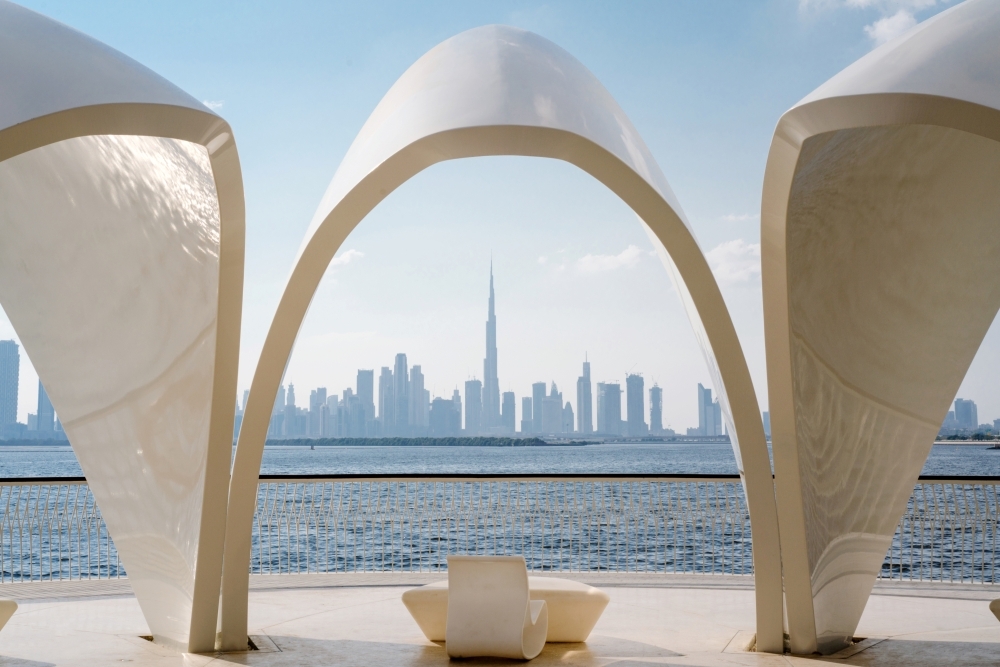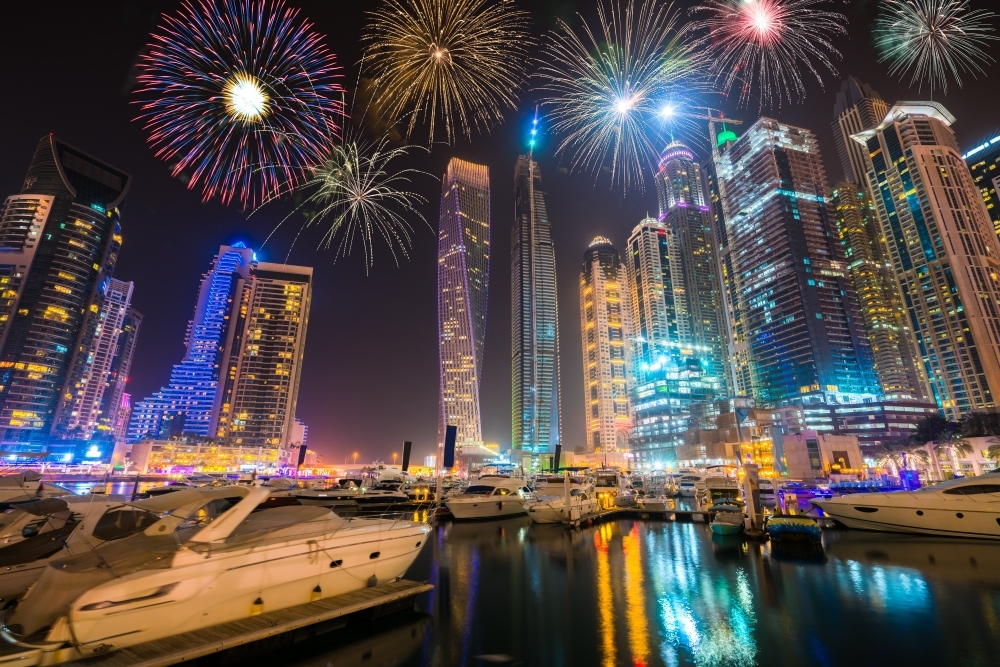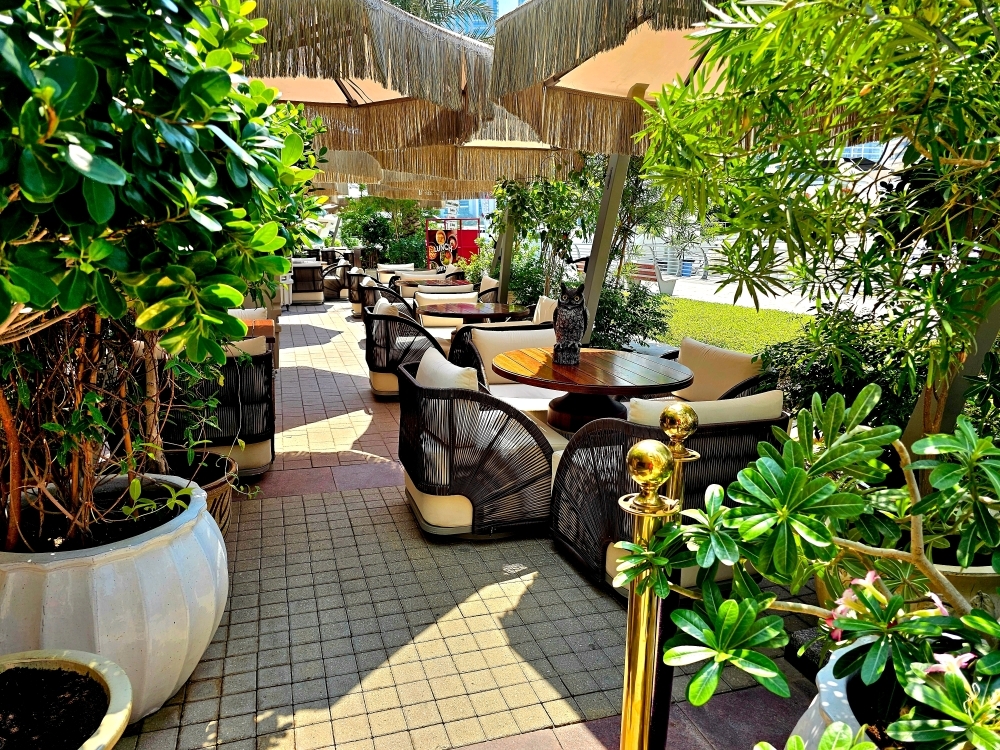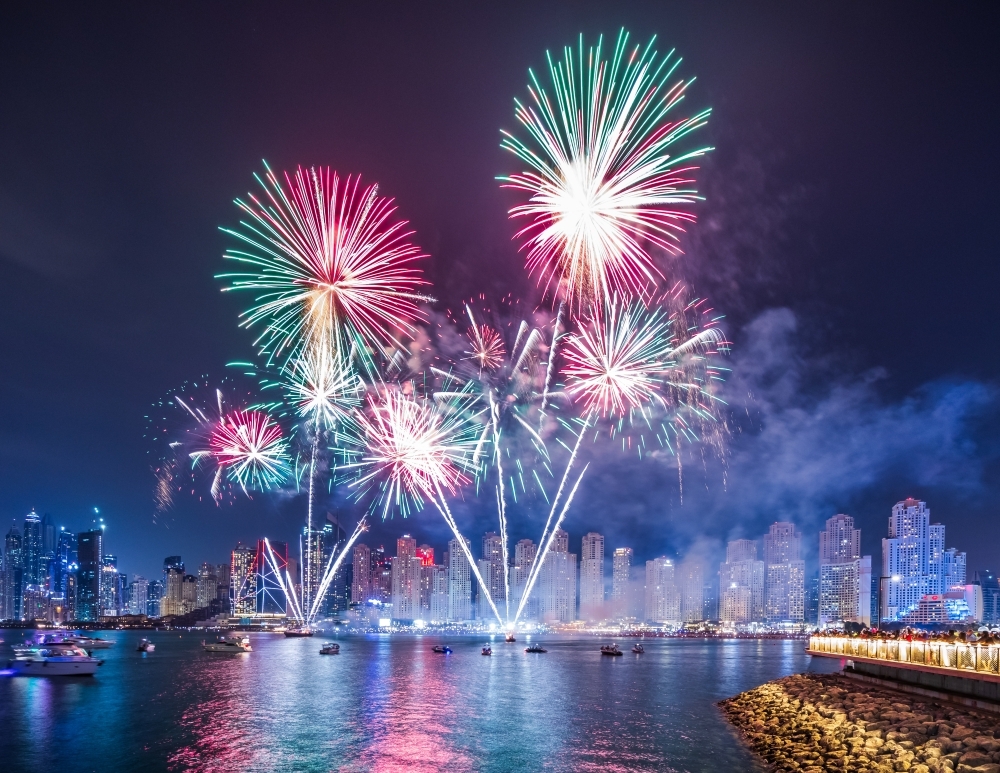A Complete Guide To Oqood: What It Is And How to Get A Certificate
Off-plan real estate is currently dominating Dubai’s property market, accounting for over 70% of transactions in the last quarter. When you purchase an off-plan property in Dubai, you’ll encounter something called an Oqood certificate. In Arabic, “Oqood” means “contracts,” and in real estate it refers to a digital certificate issued by the Dubai Land Department (DLD) as initial proof of ownership for off-plan property buyers. It’s the first official milestone in the journey of off-plan ownership, protecting your rights as buyer while the building is under construction.
This guide will explain what Oqood is, why it matters, and walk you through how to obtain your Oqood certificate step by step.
.jpg?width=1000&height=667&name=unnamed%20(42).jpg)
What Is Oqood and Why Does It Matter?
Oqood is essentially a pre-registration system for off-plan purchases. Instead of waiting years for the final title deed, the DLD will issue an Oqood certificate soon after the Sale and Purchase Agreement (SPA) is signed and 25% has been paid. This digital certificate includes key details about your purchase, such as the unit number, purchase price, project name, payment schedule, and the names of both the buyer and developer.
The Oqood system is there primarily to protect your rights as a buyer. Once your property is registered through Oqood, the developer cannot legally sell the same unit to someone else, because your ownership interest is officially recorded with the DLD. In this sense, it also helps reduce fraud, prevents disputes, and adds that extra layer of transparency for everyone involved.
Oqood also keeps developers in check. Under rules from Dubai’s Real Estate Regulatory Agency (RERA), every off-plan sale has to be registered through Oqood. That means developers are bound to the terms of the SPA and must stick to the promised construction timeline, or face hefty penalties if they don’t.
Oqood vs. Title Deed: What’s the Difference?
The difference effectively comes down to timing. The Oqood certificate is what you receive while the property is still under construction – an official legal placeholder of sorts representing ownership. Once the property is handed over and all your payments are made, the Oqood is replaced by a title deed. The title deed is the final proof of ownership, confirming the property is officially yours in every legal sense.
So, in short: Oqood covers you during the construction phase, and the title deed takes over once the property is finished. Both are issued by the DLD, and both are essential at different points in the buying journey.
You can’t sell, mortgage, or transfer an off-plan property without registering it through Oqood first. If you do decide to resell before completion, the Oqood certificate can be transferred to a new buyer – though this typically requires developer approval and a formal transfer process.
Step-by-Step: How to Get Your Oqood Certificate
Getting your Oqood certificate is straightforward and handled mostly by the developer.
Here’s how it works:
1. Sign the SPA and Pay the Initial Deposit
Once you’ve selected your unit, you’ll sign the Sale and Purchase Agreement (SPA) with the developer and pay the initial deposit to secure your unit. At this point, you’ll also pay the Oqood registration fee, which is 4% of the property’s purchase price, as required by the DLD. You will also encounter small admin fees and a knowledge fee.
This 4% fee is the off-plan equivalent of the 4% DLD transfer fee paid on ready properties.
2. Developer Registers the Sale with the DLD
After the SPA is signed and the initial payments are made, the developer will register the sale through the DLD Oqood portal. They’ll request the necessary documents from you – such as a copy of your passport, Emirates ID (if applicable), and the signed SPA – then handle the submission online.
While developers can technically register the sale right after the SPA is signed, many wait until 20–25% of the purchase price has been paid.
Once the documents are submitted, the DLD will review everything and confirm that the 4% registration fee has been paid. This step can take anywhere from a few days to a couple of weeks.
As the buyer, your role is to provide the documents. The registration itself is the developer’s legal responsibility.
3. Receive Your Oqood Certificate
Once the DLD approves the registration, your Oqood certificate will be issued digitally – no in-person collection required. You’ll receive it via email or through a portal link shared by the DLD or your developer.
The document will include key details of your purchase, including unit number, project name, your name, developer’s name, purchase price, payment schedule, and a DLD reference or stamp. This certificate is your official proof of ownership during the construction phase. Make sure to save it somewhere safe – a printed copy is handy, but the digital version is what counts.
Most developers handle this process efficiently, but if a few weeks pass and you haven’t received your certificate, it’s a good idea to follow up with your developer or broker.
Final Thoughts
Having your Oqood certificate in hand (or email inbox) means your off-plan investment is officially registered, recognised, and protected under Dubai law from the outset. It’s effectively the legal anchor that secures your ownership before handover and holds the developer to account throughout.
Oqood is specific to Dubai. Other emirates like Abu Dhabi have separate systems, such as the DARI platform, to register off-plan sales and record contract data. While the names and processes vary, the aim is broadly similar: to formalise buyer rights during the early stages of a transaction.
If you are seeking off-plan opportunities in the prime and super prime market, or would like to engage directly with one of our global property experts, please contact Dubai Sotheby’s International Realty today.



